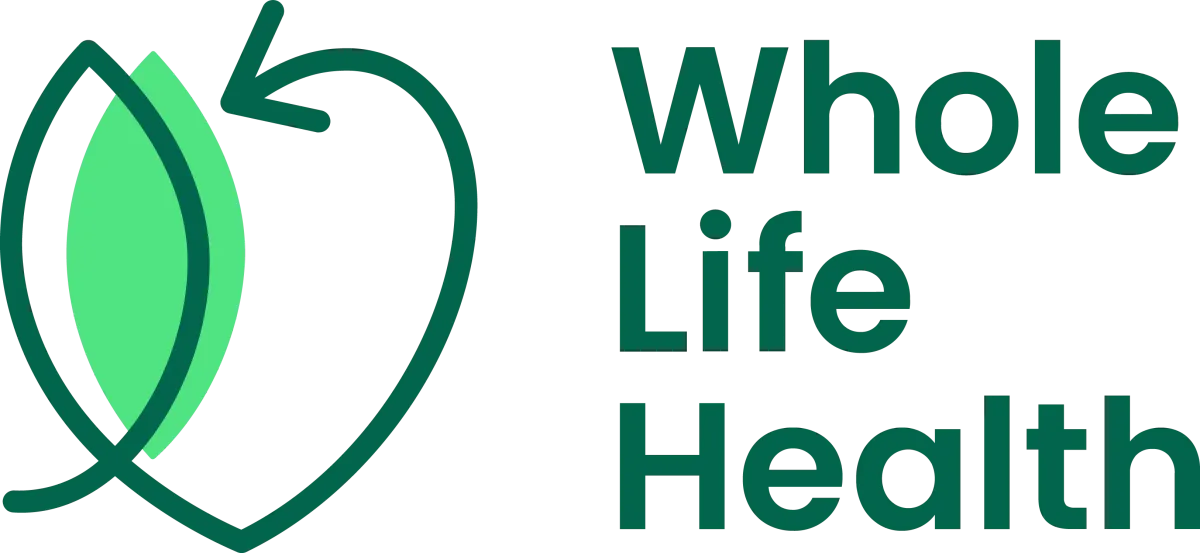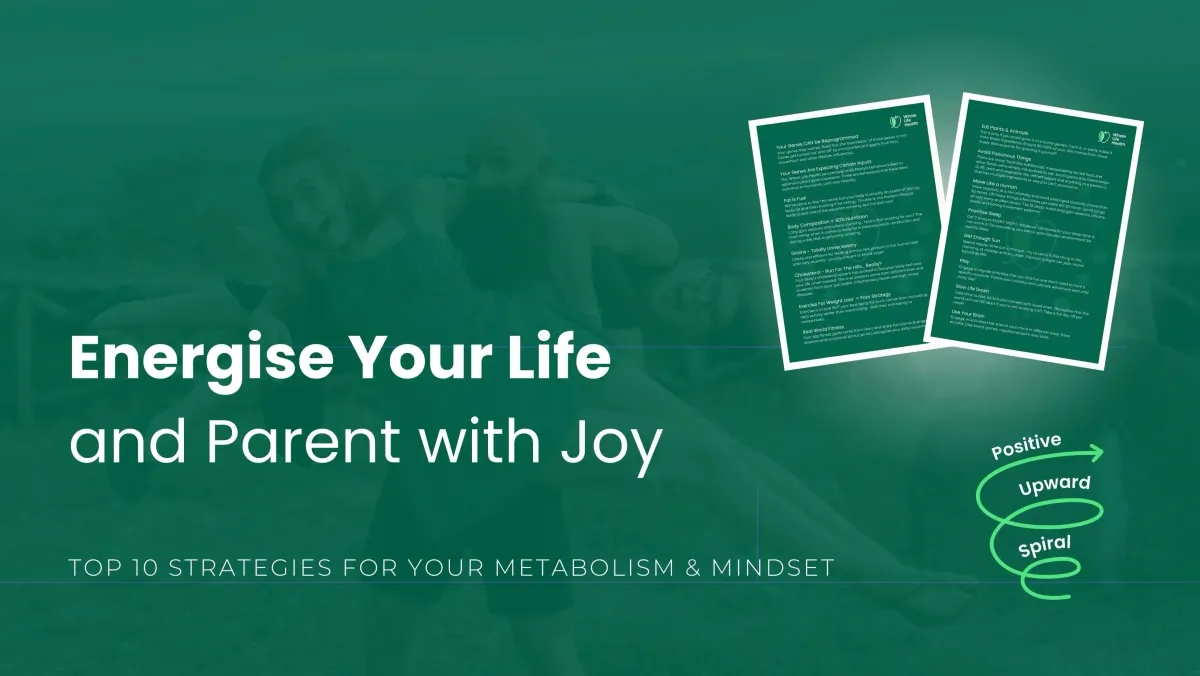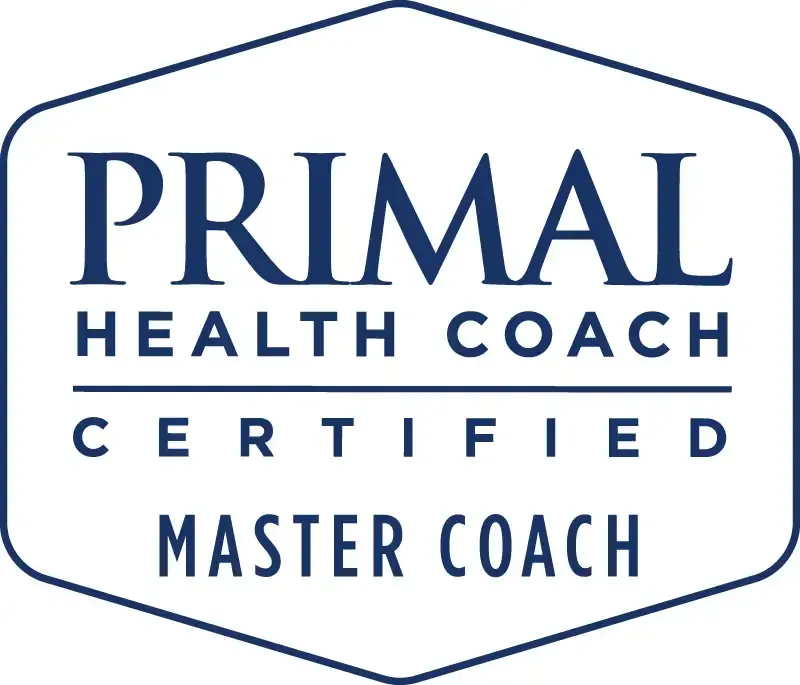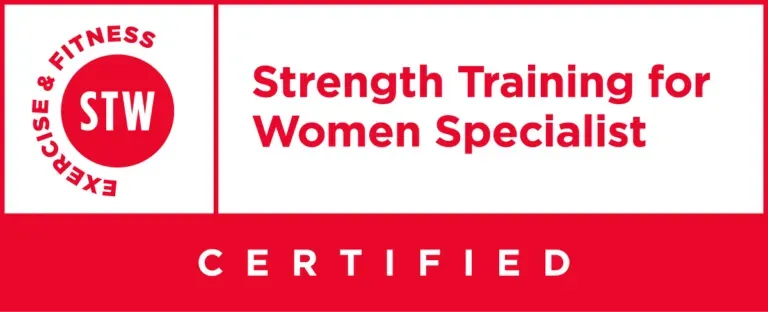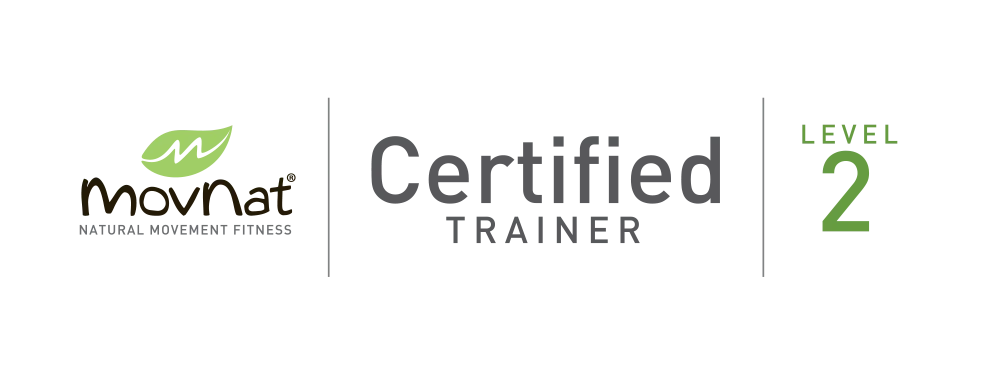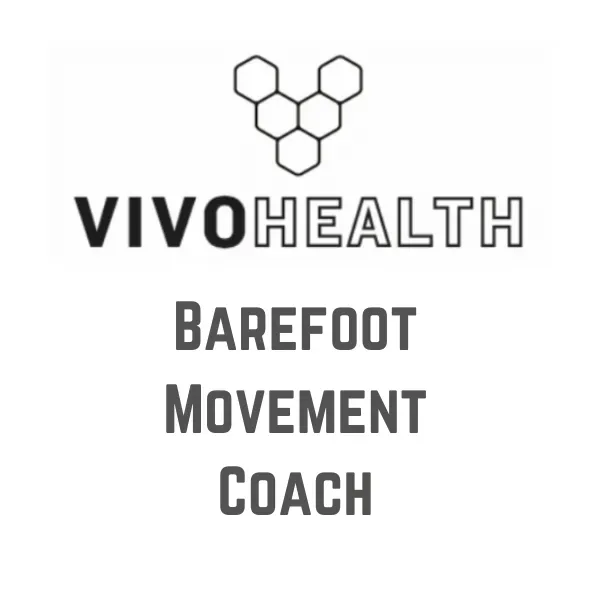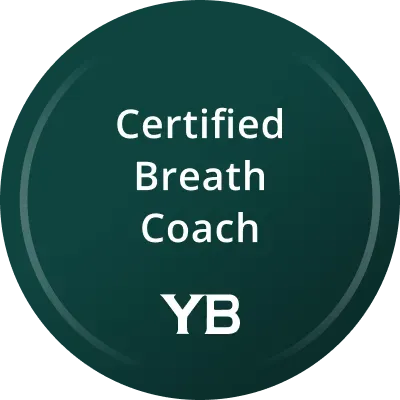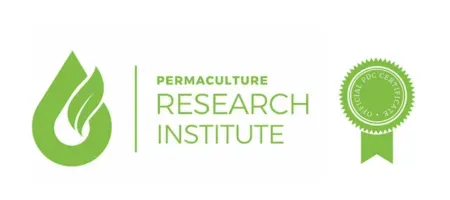
What Your Cravings Are Trying to Tell You
Let’s Reframe It: Cravings Aren’t a Character Flaw
You reach for chocolate at 3pm and immediately feel like a failure.
The crisps called your name after a long day, and you caved… again.
You think, “What’s wrong with me? Why can’t I just be disciplined?”
Here’s the truth: cravings are not a flaw in your character. They’re signals. From your body. From your mind. From your life.
And instead of fighting them blindly or feeling ashamed, what if you got curious?
Cravings Are Signals — Not Just Temptations
Modern culture treats cravings like enemies. Something to suppress. But research, and real life experience, tells a different story.
Cravings often reflect:
A physiological need (energy, salt, nutrients)
A psychological signal (stress, boredom, unmet emotional needs)
Or a habit loop tied to routine or environment
Cravings are your body saying: “Hey, something’s off. Pay attention.”
What the Science Says
Brain scans show that when your body is low on energy or nutrients, specific regions like the insular cortex light up, driving you toward food cues¹.
Emotionally intense states — stress, loneliness, sadness — amplify cravings by triggering the same reward circuits that make junk food feel comforting³.
Mindfulness practices reduce cravings, not by suppressing them, but by helping you listen without reacting⁴⁵.
Poor eating patterns — like skipping meals, ultra-processed diets, or inconsistent timing — actually increase craving intensity⁷.
3 Types of Cravings (and What They Might Be Asking For)
1. The Energy Crash Craving (usually sugar or caffeine)
Your body’s tank is empty, and it’s screaming for a top-up.
What it’s saying: “I’m tired. I need fuel.”
What to try: Instead of reaching for sugar, ask:
Have I eaten enough protein today?
Did I sleep enough last night?
Could a walk or daylight help more than a biscuit?
2. The Emotional Craving (usually comfort foods, fats, carbs)
You’re not physically hungry. You’re dysregulated — and food feels soothing.
What it’s saying: “I feel unsettled. I want relief.”
What to try:
Pause. Breathe. Feel the feeling under the urge.
Try a self-soothing ritual: warm tea, journaling, connecting with someone (most of us don't cuddle anywhere near enough).
If you do eat, do it with presence — not punishment.
3. The Nutrient Deficiency Craving (e.g., chocolate = magnesium, red meat = iron)
Your body’s whispering, “We need building blocks.”
What it’s saying: “Something’s missing in our foundation.”
What to try:
Craving chocolate? Try dark chocolate with real cacao and pair it with a protein-rich snack.
Craving salt? You might need more electrolytes — especially on a low-carb diet.
Run a food journal or get labs done if something feels persistently off.
Tools for Understanding and Responding to Cravings
Keep a “Craving Log”
Not to guilt-trip yourself, but to observe patterns.
Note:
What you craved
When it happened
What you were feeling
What happened next
Awareness breaks the automatic loop.
Practise Mindful Pause
Next time a craving hits, try this:
Breathe slowly for 30 seconds
Ask: “What do I really need right now?”
Choose a supportive response (which might still be food — but consciously chosen)
Crowd in, don’t cut out
Satisfy your body with:
Protein at every meal (most people under-eat it)
Healthy fats (avocado, olive oil, eggs)
Mineral-rich salts and electrolytes
Colourful carbs from roots and fruit (if aligned with your needs)
The more nourished you are, the fewer chaotic cravings pop up.
Cravings Aren’t the Enemy — They’re the Invitation
An invitation to slow down.
To check in.
To ask, “What do I actually need?”
And no... sometimes it’s not about discipline.
Sometimes, it’s about recognising unmet needs and responding with compassion instead of control.
Fully Integrate Your Cravings
You’re not failing when you have cravings. You’re feeling.
You’re listening to a body that’s trying its best to adapt.
Your job isn’t to shame it into silence — it’s to understand what it’s really asking for.
If cravings are constantly derailing your health goals or leaving you frustrated and foggy, let’s decode them together.
Book a free call here and let’s work through it. No guilt. Just good guidance.
References
¹ Livneh et al. (2017). Homeostatic circuits in the insular cortex.
² De Oliveira & Cordás (2020). Food cravings and eating disorders.
³ López-Guerrero et al. (2023). Emotional impulsivity and cravings.
⁴ Tapper, K. (2018). Mindfulness and craving mechanisms.
⁵ Alberts et al. (2010). Mindfulness-based intervention for cravings.
⁶ Kakoschke et al. (2024). Cravings and integrated treatment.
⁷ Taetzsch et al. (2020). Food cravings and diet quality.
⁸ Kulkarni et al. (2023). Cravings and Bayesian inference.
